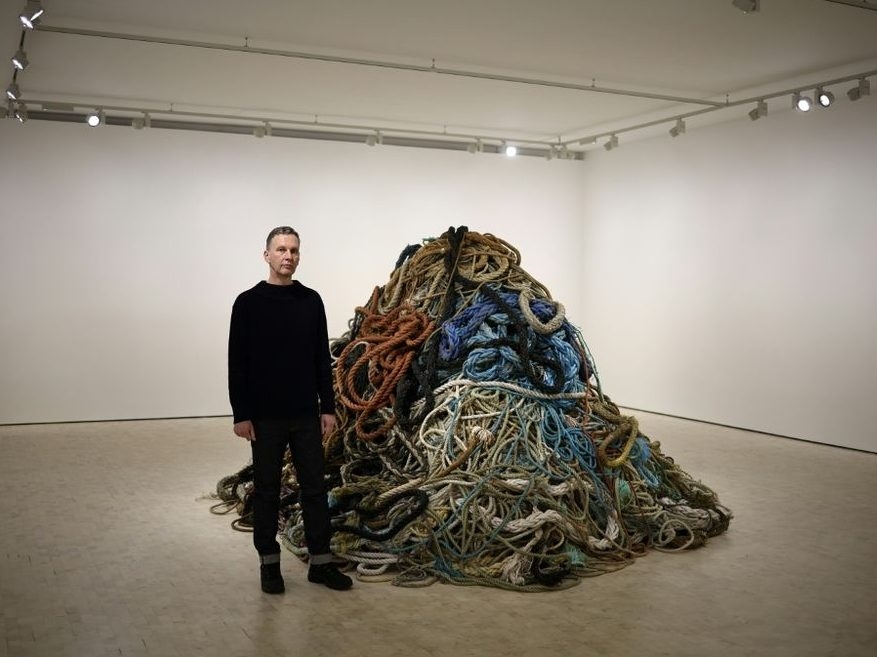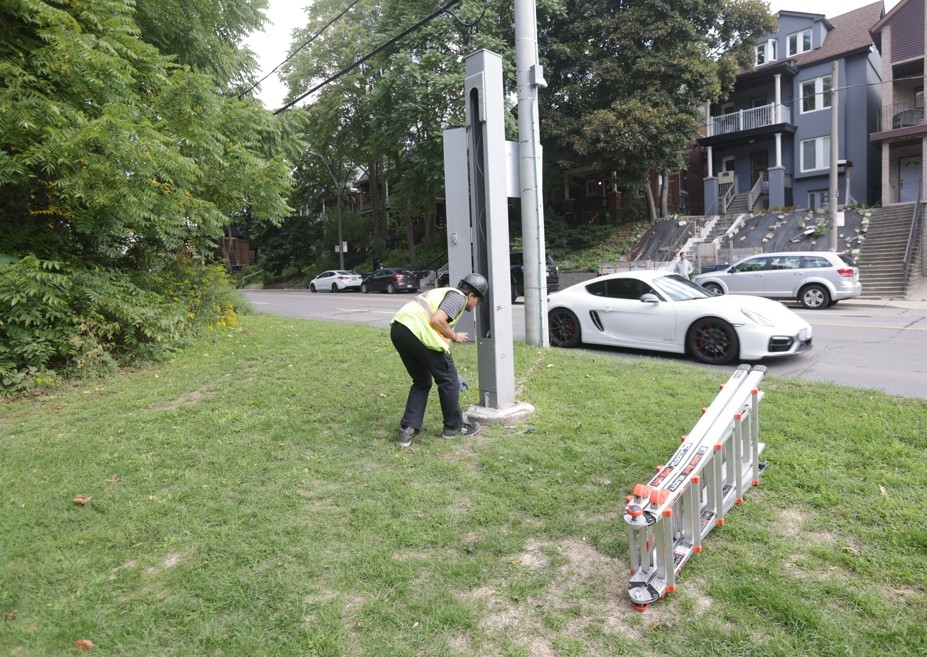A London gallery is now home to an unusual exhibit: ten tonnes of discarded rope, piled high in four monumental heaps. Artist David Shrigley has assigned a price tag of one million pounds to the installation, a playful commentary on the old British saying, “money for old rope.”
The artwork isn’t about meticulous design or hidden symbolism. Shrigley and his team spent seven months collecting unwanted rope from fishermen, climbing centers, and docks across Britain. The rope, deemed unrecyclable by others, was simply gathered and brought to his studio for a basic cleaning.
Installation proved remarkably straightforward. “I didn’t really have a plan, I just kind of piled it up,” Shrigley explained. The resulting mounds are roughly equal in size, presented without any deliberate aesthetic arrangement – a deliberate choice to emphasize the material’s inherent lack of value.

The hefty price tag, while seemingly absurd, isn’t entirely without justification, according to the artist. He points out that for a million pounds, one typically receives a relatively small amount of art. Ten tonnes of material, he argues, represents surprisingly good value for money.
Shrigley isn’t interested in dictating a single interpretation of his work. He views art as a catalyst for conversation, a prompt for new ideas rather than a puzzle with a definitive solution. The installation, he suggests, evokes a sense of “pathos” – a recognition of the rope’s former usefulness now lost.
He anticipates skepticism, even dismissal, from some viewers, but welcomes it. The work is, in part, designed to provoke such reactions, to initiate a broader discussion about value, art, and the meaning we assign to objects. It’s a proposition, an open-ended joke inviting contemplation.
The exhibition is free and open to the public until December 20th. Shrigley acknowledges the unlikelihood of a sale, but extends a wry invitation: “If you’ve got a million pounds plus VAT, you could invest wisely.”
Ultimately, the installation is a bold statement about the nature of art itself – a questioning of what constitutes value and a playful exploration of a familiar idiom brought to life in a truly unexpected way.





